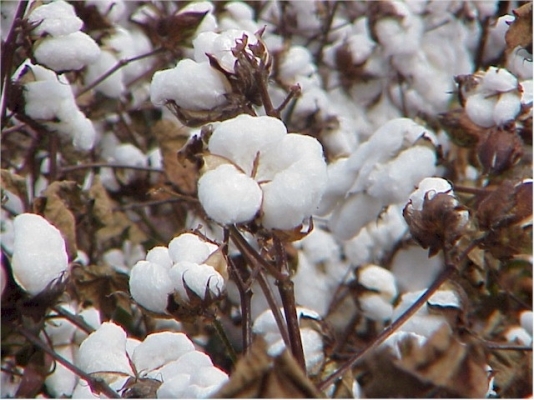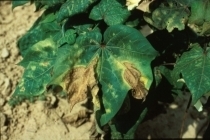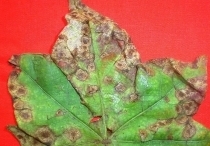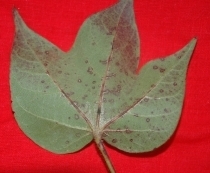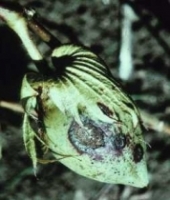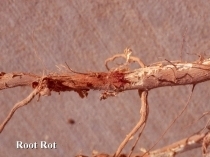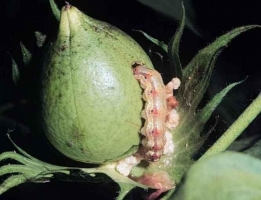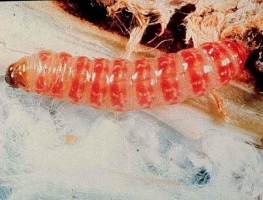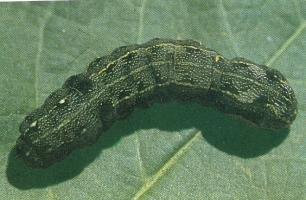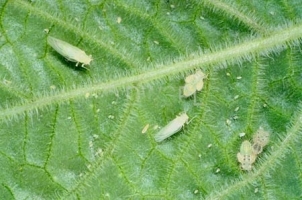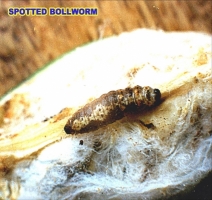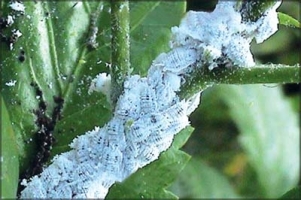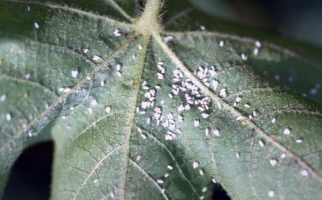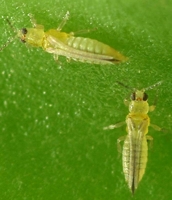RCH 134BT: It is high yielding Bt cotton variety. It is resistant to bollworm and American bollworm. It matures in 160-165 days. It give average yield of 11.5 qtl/acre of seed cotton. Very good fibre property with 34.4% ginning outturn.
RCH 317BT: It is high yielding Bt cotton variety. It is resistant to spotted bollworm and American bollworm. It mature in 160-165 days. Boll size is about 3.8 cm with good fluffy opening. Gives average yield of 10.5 qtl/acre. gives 33.9% of ginning outturn.
MRC 6301BT: It is high yielding Bt cotton variety. It is resistant to spotted bollworm and American bollworm. It mature in 160-165 days. Boll size of 4.3 g. It gives average yield of 10 qtl/acre and 34.7% ginning outturn.
MRC 6304BT: It is high yielding Bt cotton variety. It is resistant to spotted bollworm and American bollworm. It mature in 160-165 days. Boll size of 3.9 g. It gives average yield of 10.1 qtl/acre and 35.2% ginning outturn.
Ankur 651: This is Jassid tolerant and leaf curl resistant hybrid. Plant is of 97 cm height. It matures in 170 days. Suitable for cotton - wheat rotation. Gives average yield of 7 qtl/acre. It matures in 170 days. 32.5% ginning outturn.
Whitegold: It is hybrid, tolerant to leaf curl virus disease. It has dark green broad lobed leaves. Plants average height is about 125 cm. Matures in 180 days. Gives cotton seed yield of 6.5 qtl/acre. Ginning outturn is 30%.
LHH 144: Leaf curl resistant hybrid. Leaves are of semi okra lobed types. Average boll weight is 5.5 gm. It matures in 180 days and suitable for cotton-wheat rotation. Gives average seed yield of 7.6 qtl/acre. Ginning outturn is 33%.
F 1861: It is variety, tolerant to leaf curl virus disease. Average plant height is 135 cm. It matures in 180 days. It gives average seed cotton yield of 6.5 qtl/acre. Its ginning outturn is 33.5%.
F 1378: High yielding variety. Average plant height is 150 cm. Boll are round and big with good fluffy opening. It matures in 180 days. Gives average yield of 10 qtl/acre. Ginning outturn is 35.5%.
F 846: It is semi spreading, high yielding variety. Average plant height of 134 cm. It matures in 180 days. Gives average yield of 11 qtl/acre. The ginning outturn is 35.3%.
LHH 1556: It is short duration early maturing variety. Plant height is about 140 cm. Leaves are light green and boll are of round shape. Gives yield of 8.5 qtl/acre. It matures in 165 days.
Moti: Fusarium wilt tolerant desi cotton hybrid. Average plant height is about 164 cm. Leaves are narrow with white flowers. Boll are of large size. It mature in 165 days. Gives average yield of 8.45 qtl per acre. Ginning outturn is 38.6%.
Desi varieties
FMDH 9: Plant having green body, its leaves are narrow lobed leaves and white flowers. Its bolls are medium and fluffy opening. Ready to harvest in 160 days. It is resistant to jassid, whitefly and tolerant to Fusarium wilt and Bacterila blight. Its ginning outturn is 37.3% and fibre length is 23.4 mm. It give average yield of 10 qtl/acre.
FDK 124: High yielding, early maturing variety having green and narrow lobed leaves. Ready to harvest in 160 days. It give resistance to whitefly and jassid. Its fibre length is 21 mm and ginning outtuns of 36.4%. It give average yield of 9.3 qtl/acre.
LD 694: Desi cotton variety. Leaves are narrow with pink flowers. Boll are of big size. Matures in 170 days. Gives ginning outturn of 40.9%. It gives average yield of 7 qtl/acre. Tolerant to Fusarium wilt and resistant to jassid.
LD 327: It is high yielding variety. Plants having reddish brown, narrow lobed deep cut leaves with pink flower. Boll are of big size and easy picking. It matures in 175 days. Tolerant to Fusarium wilt. Gives average yield of 11.5 qtl/acre. Gives ginning percent of 41.9.
LD 1019: The variety is resistant to shattering. It gives an average yield of 8.6qtl/acre. 2-3 pickings are required. The variety is tolerant to shattering. The fibre length is 22.6mm and ginning out turn is 35.77%.
Popular variety
BCHH 6488 BG II: Hybrid having green narrow lobed leaves with cream flower. Ready to harvest in 165-170 days. It give ginning outturns of 34.5% and fibre length of 27 mm. But it is susceptible to cotton leaf curl and affected by high incidence of para wilt.
BCHH 6588 BG II: It is popular among farmer.
American varieties of cotton
PAU Bt 1: First Bt cotton variety which is developed in public sector. It gives an average yield of 11.2qtl/acre of seed cotton yield. The variety is moderately resistant to cotton curl disease. The boll size is 4.3gm and ginning out turn is 41.4%.
RCH 650 BG II: High yielding Bt cotton hybrid, gives resistance against American, pink and spotted bollworm, also against tobacco caterpillars. Its ball are big and have average weight of 4.5 gm. Its fibre length is 25.5 mm and ginning percent is 34%. It gives average yield of seed cotton about 9.5 qtl/acre.
NCS 855 BG II: High yielding Bt cotton hybrid, gives resistance against American, pink and spotted bollworm, also against tobacco caterpillars. It is tolerant to para wilt. Its fibre length is about 28.5 mm and ginning outturn of 36%. It gives average yield of seed cotton about 9.7 qtl/acre.
ANKUR 3028 BG II: High yielding Bt cotton hybrid, gives resistance against American, pink and spotted bollworm, also against tobacco caterpillars. It is moderately tolerant to leaf curl virus and para wilt. Its fibre length is about 31.3 mm and ginning outturn of 31.4%. It give average yield of 9.7 qtl/acre.
MRC 7017 BG II : High yielding, early maturing variety having resistance to tobacco caterpillars, American, pink and spotted bollworm. Also give resistance to leaf curl virus and para wilt. Its fibre quality is good having fibre length of 29.7 mm and ginning outturn of 33.6%. It give average yield of 10.4 qtl/acre.
MRC 7031 BG II : High yielding, early maturing variety having resistance to tobacco caterpillars, American, pink and spotted bollworm. Also give resistance to leaf curl virus and tolerant to para wilt. Its fibre length is 29.4 mm and ginning outturns is 33.4%. It give average yield of 9.8 qtl/acre.
Other state varieties:
Ankur 226BG, PCH 406 BT, Sigma Bt, SDS 1368 Bt, SDS 9Bt, NAMCOT 402 Bt, GK 206 Bt, 6317 Bt, 6488 Bt, MRC 7017 BG II, MRC 7031 BG II, NCS 145 BG II , ACH 33-2 BG II, JKCH 1050 Bt, MRC 6025 Bt, MRC 6029 Bt, NCS 913 Bt, NCS 138 Bt, RCH 308 Bt, RCH 314 Bt

